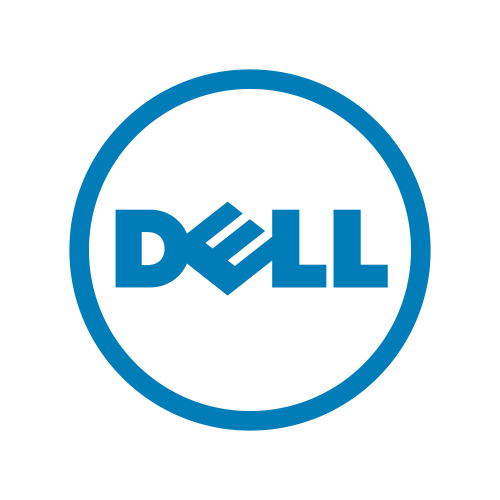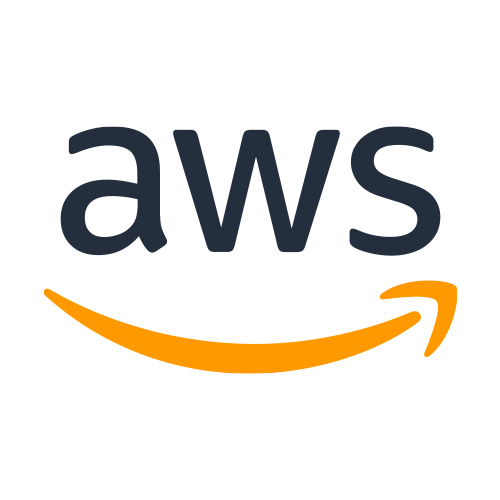Running a small team doesn’t mean settling for limited tech. In fact, with the right IT monitoring tools, even a lean crew can operate with the kind of efficiency, control, and security that rivals larger operations. And in 2025, where remote work and digital infrastructure are more critical than ever, staying ahead of issues before they spiral is a must—not a maybe.
The good news? You don’t need a giant budget or a full-blown IT department to keep tabs on your systems. Today’s tools are smarter, lighter, and built with small teams in mind. Whether you’re managing websites, apps, servers, or networks, there’s a solution that fits your workflow without overwhelming your people.
Here are six standout IT monitoring tools every small team should consider this year.
Zabbix: Full-Scale Monitoring, Zero Cost
Zabbix has quietly become a favorite for small teams that need enterprise-level features without enterprise-level pricing. It handles just about everything—from server uptime to network traffic, database health, and even cloud environments.
What makes Zabbix shine is its flexibility. Teams can customize triggers, receive real-time alerts, and generate reports all in one place. And since it’s open-source, it’s free to use. That makes it ideal for budget-conscious teams who still need serious oversight.
Its setup can be a bit hands-on, but once configured, Zabbix becomes a powerful ally for long-term infrastructure health.
PRTG Network Monitor: All-in-One Visibility
When it comes to simplicity and power combined, PRTG hits the sweet spot. Designed for users of all skill levels, it provides an easy-to-read dashboard that monitors everything from bandwidth usage to hardware performance.
PRTG is especially handy for small teams managing mixed environments—think cloud services, on-prem servers, and IoT devices. Its visual alerts and customizable sensors let teams act fast before minor issues turn into downtime.
It offers a generous free version that supports up to 100 sensors, making it a smart pick for growing teams who want to scale gradually.
Datadog: Modern Monitoring for Cloud-First Teams
Datadog is built for today’s digital-first workplace. It gives small teams detailed insights into apps, databases, infrastructure, and user activity—all from a sleek, unified interface.
With real-time dashboards and AI-driven alerts, Datadog helps teams spot anomalies and performance dips early. It integrates easily with hundreds of platforms and services, including AWS, Azure, and Slack, which streamlines monitoring and communication.
It’s a cloud-native solution, so there’s no hardware fuss. And while it comes at a cost, the value it provides makes it a worthwhile investment for small teams aiming for operational excellence.
Nagios Core: Tried and Tested Reliability
Nagios Core is a name that’s been trusted in IT circles for years—and for good reason. It offers strong, customizable monitoring capabilities for small teams who need stability, scalability, and control.
This tool monitors servers, networks, applications, and even logs. It requires more technical skill to set up compared to newer platforms, but once it’s running, it delivers dependable performance without the frills.
Its modular design allows teams to add plugins and tailor alerts exactly the way they want, which is perfect for teams that love to tweak their tools.
Site24x7: Monitoring for Remote Teams on the Move
As remote work grows, so does the need for tools that aren’t tied to physical infrastructure. Site24x7 is a cloud-based solution that watches everything from websites and servers to network devices and user experience—all through a single, easy-access portal.
What makes Site24x7 stand out is how it breaks down performance across geographies. It helps remote teams track uptime and latency from different locations, ensuring users get a smooth experience regardless of where they are.
It’s simple to deploy and offers flexible pricing based on the number of monitors, which works well for small teams with focused needs.
SolarWinds NPM: Network Power for Smaller Ops
SolarWinds is often associated with large enterprise setups, but their Network Performance Monitor (NPM) can be surprisingly accessible for smaller operations. It offers deep visibility into network health, latency, and bottlenecks, helping teams fix issues before users even notice them.
Its interactive maps and automated discovery features simplify network monitoring, making it easier to maintain performance with fewer resources.
For small teams that rely heavily on stable internet and device connectivity, NPM is a reliable sidekick that ensures everything stays up and running.
Why Monitoring Matters More Than Ever in 2025
In 2025, systems can’t afford to break before someone notices. Whether it’s customer-facing downtime, missed security updates, or silent network failures, the damage adds up fast—especially for small businesses.
That’s where IT monitoring tools come in. They give your team eyes everywhere, even when no one’s watching. With real-time alerts, historic insights, and predictive data, these tools help prevent disasters and streamline daily operations.
For small teams, that means fewer fire drills, happier customers, and more time to focus on what matters—like building and growing the business.
Choose Tools That Match Your Workflow
The best IT monitoring tool isn’t the one with the most features. It’s the one that fits your workflow, scales with your team, and helps you stay in control. Small teams don’t have time to manage overly complex systems or spend weeks training staff.
Think about what your team actually needs. Are you mostly remote? Site24x7 or Datadog might fit. Want something highly customizable? Go with Zabbix or Nagios. Focused on network health? SolarWinds or PRTG could be your go-to.
Whatever you choose, make sure it aligns with your team’s size, budget, and tech stack.
Conclusion
In 2025, every small team needs to think like a big one—especially when it comes to monitoring and managing IT systems. With the right tools in place, you don’t just catch issues—you avoid them altogether. Whether you’re tracking website uptime, server health, or application performance, these top IT monitoring tools will help you stay proactive, not reactive.
Want expert support and tailored IT solutions for your growing team? Visit freshstance and let’s make your systems smarter, stronger, and ready for anything.
FAQs
Do small teams really need IT monitoring tools?
Yes. Monitoring tools help prevent downtime, improve performance, and catch issues before they escalate—especially with limited staff.
What should a good monitoring tool offer?
Real-time alerts, clear dashboards, integrations, historical data, and the ability to monitor key systems like servers, apps, and networks.
Are these tools expensive for small businesses?
Many offer free tiers or flexible pricing based on usage, making them budget-friendly even for startups and small teams.
Can remote teams use these tools effectively?
Absolutely. Most are cloud-based and accessible from anywhere, ideal for remote or hybrid work environments.
How do I choose the best tool for my team?
Consider what you need to monitor, your tech skills, budget, and whether you prefer cloud-based or on-premise solutions.
Is setup complicated for these tools?
Some require technical setup, but many newer platforms are designed to be user-friendly with guided installation.
Can monitoring tools improve team productivity?
Yes. By reducing firefighting and manual checks, your team can focus more on strategic work.
What happens if we don’t monitor our systems?
You risk downtime, data loss, security breaches, and poor user experiences—things that can hurt your reputation and bottom line.
Do I need more than one tool?
Some teams combine tools for broader coverage, but many of today’s platforms offer all-in-one features for convenience.
How often should monitoring tools be checked?
Daily, or in real-time through alerts. Regular reviews help spot trends and prevent future problems.






